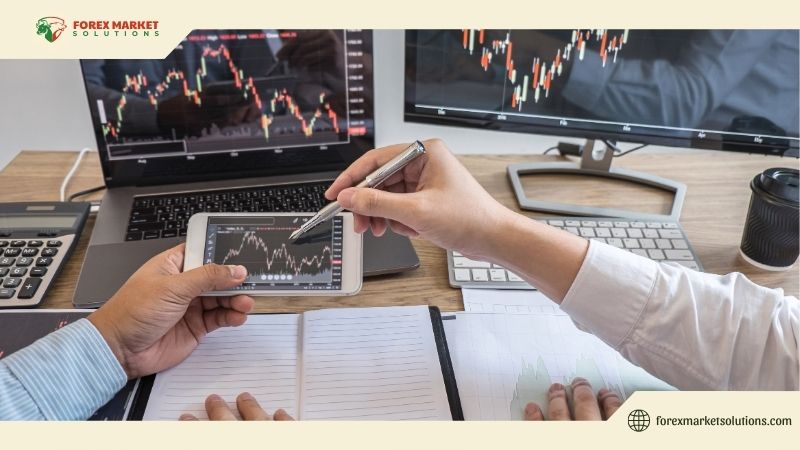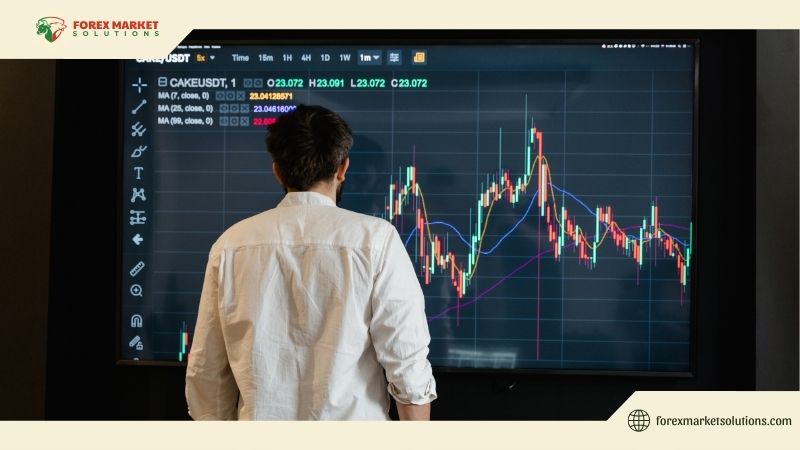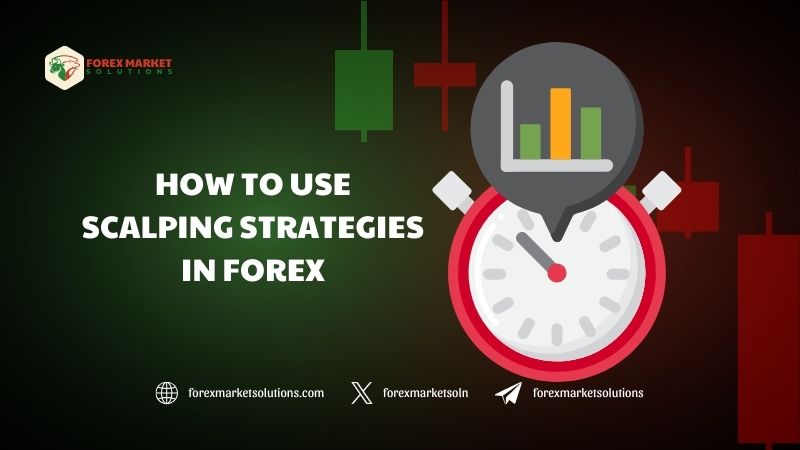Forex trading offers a variety of approaches, but few are as fast-paced and rewarding as scalping. For those eager to capitalize on small price movements, understanding how to use scalping strategies in Forex can unlock a world of opportunities. As of March 16, 2025, scalping remains a popular technique among traders who thrive in the high-energy environment of the currency markets. In this 1500-word guide, we’ll explore what scalping entails, why it works, and the practical steps to master how to use scalping strategies in Forex effectively.

Why Learn How to Use Scalping Strategies in Forex?
Scalping is a trading style that focuses on making quick, small profits by entering and exiting trades within minutes or even seconds. Unlike long-term strategies that require patience, scalping thrives on the rapid fluctuations of the Forex market, allowing traders to accumulate gains throughout the day. Knowing how to use scalping strategies in Forex empowers you to take advantage of short-term volatility, turning small price shifts into consistent returns.
This article will walk you through the essentials of scalping, from choosing the right tools to executing trades with precision. Whether you’re a beginner looking to dive into active trading or an experienced trader refining your approach, mastering how to use scalping strategies in Forex can elevate your game in this dynamic market.
Understanding Scalping in Forex Trading
At its core, scalping is about speed and precision. Traders using this method aim to profit from tiny price movements—often just a few pips—by placing multiple trades in a single session. The beauty of scalping lies in its simplicity: you don’t need to predict massive trends or hold positions for days. Instead, you focus on the micro-movements that occur constantly in the Forex market. To succeed, however, you need a clear grasp of how to use scalping strategies in Forex, as the fast pace leaves little room for error.
The strategy suits traders who enjoy constant engagement and can handle the intensity of rapid decision-making. It’s not about waiting for the perfect setup; it’s about seizing opportunities as they arise. With the right preparation, scalping can become a reliable way to build profits, making it essential to learn how to use scalping strategies in Forex with confidence.

Setting Up for Success with Scalping
To begin scalping, you need the right foundation. Start by selecting a broker that supports this fast-paced style. Look for one with tight spreads—ideally under 1 pip for major pairs like EUR/USD—since every fraction of a pip counts when profits are small. Low latency is also critical, so opt for a broker with fast execution speeds to ensure your trades are placed instantly. Many scalpers use platforms like MetaTrader 4 or 5, which offer the tools and flexibility needed to implement how to use scalping strategies in Forex effectively.
Next, choose a trading session that aligns with high volatility. The London-New York overlap (8 AM to 12 PM EST) is a prime time, as it sees heavy trading volume and frequent price movements—perfect conditions for scalping. Pair this with liquid currency pairs like EUR/USD or GBP/USD, which offer tight spreads and ample opportunities. Setting up your environment this way lays the groundwork for mastering how to use scalping strategies in Forex.
Key Techniques for How to Use Scalping Strategies in Forex
One popular scalping method relies on technical indicators to pinpoint entry and exit points. The 1-minute or 5-minute chart is a scalper’s best friend, offering a granular view of price action. A common setup involves using the Exponential Moving Average (EMA). For example, you might combine a 50-period EMA and a 100-period EMA. When the shorter EMA crosses above the longer one, it signals a potential buy; when it crosses below, it’s a sell. This crossover technique provides quick, actionable signals, a vital part of how to use scalping strategies in Forex.
Another approach is the Bollinger Bands strategy. On a 1-minute chart, set the bands to a 20-period moving average with a 2-standard-deviation range. When the price touches the lower band and starts to reverse, it’s a buy signal; when it hits the upper band and turns down, it’s time to sell. Adding a Stochastic Oscillator can confirm these moves—look for overbought (above 80) or oversold (below 20) conditions to time your trades. These tools help you execute how to use scalping strategies in Forex with precision.
Price action scalping is another technique that skips indicators entirely. Here, you watch for patterns like support and resistance levels or candlestick formations on short timeframes. A breakout above resistance might prompt a quick buy, with an exit a few pips higher. This method demands sharp focus and a keen eye, but it’s a powerful way to apply how to use scalping strategies in Forex in real-time.

Executing Trades with Scalping Precision
Once you’ve chosen your strategy, execution is everything. Open your trading platform and pull up your preferred chart—say, a 1-minute EUR/USD. Suppose you’re using the EMA crossover method. You spot the 50 EMA crossing above the 100 EMA, signaling a buy. You enter with a small lot size, like 0.1, aiming for a 5-pip profit. Set a stop-loss 3 pips below your entry to cap your risk, and place a take-profit order at your target. Within minutes, the price hits your goal, and you’re out with a small gain. This rapid cycle is the essence of how to use scalping strategies in Forex.
Timing your exit is just as crucial. Scalpers don’t linger—once your profit target is hit, or the trade stalls, you close it. Hesitation can turn a winner into a loser in seconds. Discipline here is non-negotiable, as the fast pace of scalping amplifies the cost of indecision. Practicing this rhythm on a demo account first can solidify your understanding of how to use scalping strategies in Forex before going live.
Risk Management in Scalping
Even with small trades, risk can add up quickly in scalping. A tight risk-reward ratio keeps you in control. For instance, risking 3 pips to gain 5 pips gives you a 1:1.67 ratio—favorable for scalping. Never risk more than 1-2% of your account on a single trade, no matter how confident you feel. If your account is $1,000, that’s $10-$20 per trade. This conservative approach protects your capital while you refine how to use scalping strategies in Forex.
Leverage is a double-edged sword in scalping. While it boosts your buying power, it also magnifies losses. Stick to low leverage—say, 10:1 or 20:1—to avoid getting wiped out by a sudden move. Brokers regulated in the U.S. cap leverage at 50:1, which naturally curbs excess risk. Balancing leverage and position size is a critical piece of how to use scalping strategies in Forex safely.
Fine-Tuning Your Scalping Approach
Scalping demands constant adjustment. After each session, review your trades. Did you catch the moves you planned, or did you miss signals? Maybe your stop-loss was too tight, cutting you out of winners, or your targets were too ambitious for the timeframe. Tweaking your strategy based on these insights sharpens your skills. Keeping a journal to track trades and emotions—like frustration after a loss—helps you stay objective, a subtle but vital part of how to use scalping strategies in Forex.
Market conditions also dictate adjustments. A news event, like a U.S. jobs report, can spike volatility, offering more scalping chances but also more risk. Check an economic calendar to time your sessions around these events, or step aside if the market turns chaotic. Adapting to the context ensures you’re applying how to use scalping strategies in Forex at the right moments.

The Scalper’s Mindset
Scalping isn’t just technical—it’s mental. You need focus to monitor charts intently and patience to wait for your setups, even in a fast-moving market. Emotional control is key; a losing trade shouldn’t spark panic, nor should a win inflate your ego. Treating each trade as a standalone event keeps you steady. This mindset underpins how to use scalping strategies in Forex successfully over the long haul.
Why Scalping Thrives in 2025
As of March 16, 2025, scalping remains relevant thanks to technology. High-speed internet, advanced platforms, and real-time data feeds make it easier than ever to catch fleeting opportunities. Brokers continue to tighten spreads, boosting scalping’s viability. Learning how to use scalping strategies in Forex taps into these modern advantages, keeping you competitive in today’s market.
Mastering how to use scalping strategies in Forex is about blending speed, precision, and discipline. From picking the right broker and tools to executing trades and managing risk, this approach rewards those who embrace its intensity. With practice, scalping can turn small market moves into big wins, making it a standout skill in 2025’s Forex landscape. Take the first step today, and watch your trading evolve.
For more expert tips and in-depth guides on how to use scalping strategies in Forex, visit Forex Market Solutions. Follow our website now and stay ahead in your trading journey!
